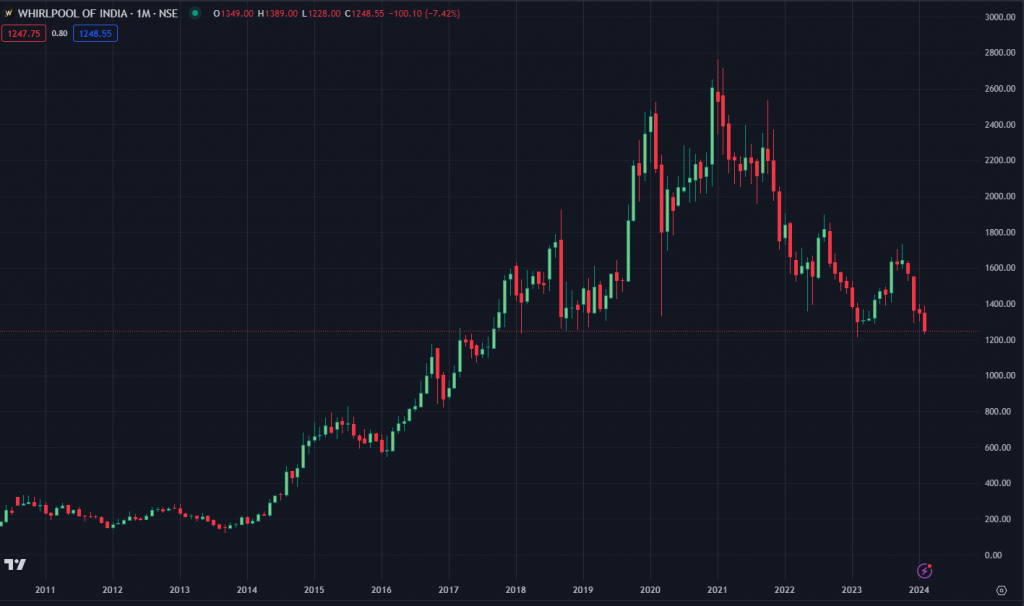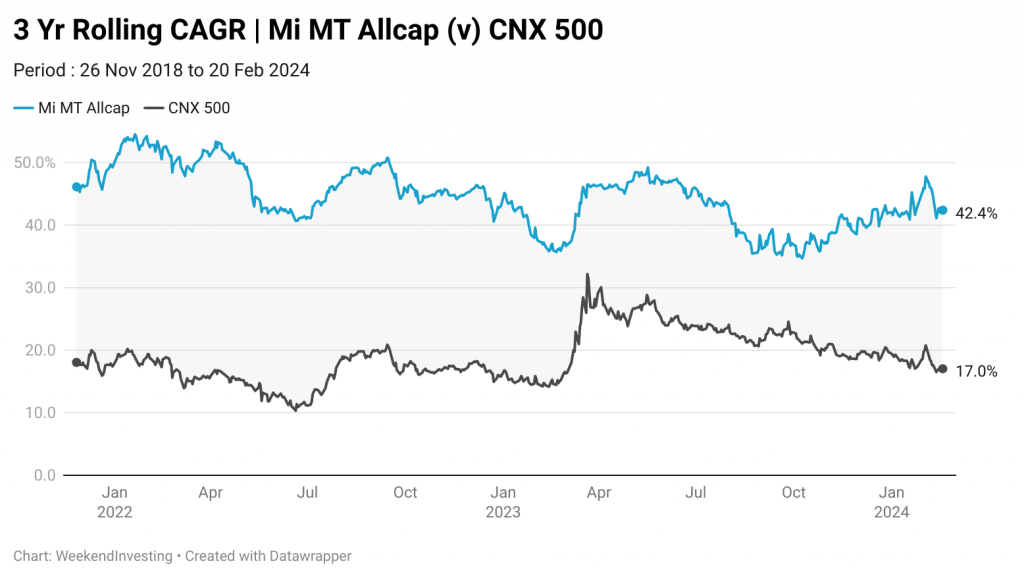The David vs. Goliath of Investing: Why Small Investors Have the Upper Hand
Imagine a stock, once soaring high, now swirling in a whirlpool of decline. That’s Whirlpool India, and its current state perfectly captures a crucial truth: in the investing game, size isn’t everything. While big players struggle, retail investors like you hold a surprising advantage – agility. Let’s dive into this.

Elephants Stuck in the Mud: Institutional investors and promoters, the giants of the market, often resemble elephants. They hold massive stakes, making exiting a cumbersome, expensive affair. Offloading millions of dollars worth of stock without impacting the price is near impossible. Think selling a small house versus your entire neighborhood – the challenges differ drastically.
Your Nimble Advantage: As a retail investor, you’re the opposite. You can buy or sell shares with ease, hopping between companies, industries, or even cash without major roadblocks. This flexibility allows you to react swiftly to market shifts or your own investment thesis. See a company floundering? No problem, just move your capital elsewhere.
Think of the stock market like real estate. Big transactions face friction costs. When large investors need to sell, they often have to discount their shares to find buyers, knowing everyone is aware of their eagerness to exit. Imagine selling your house at 10% below market value just because everyone knows you’re desperate – that’s the penalty big investors face. You, on the other hand, are free from such constraints.
Embrace Your Power, But Stay Grounded: This doesn’t mean chasing every hot trend. But remember, your agility is a valuable asset. Use it to your advantage. Do your research, identify opportunities, and don’t be afraid to adjust your portfolio as needed. Don’t get stuck holding onto sinking ships – jump off and find calmer waters.
The Takeaway: The market may seem like a complex beast, but as a retail investor, you have an inherent edge: agility. Use this freedom wisely, make informed decisions, and navigate the market’s whirlpools with confidence. Remember, sometimes the smallest players can make the biggest splashes.
WeekendInvesting Strategy Spotlight !
Rolling CAGR denotes how the CAGR progresses over a period of time. 3 year rolling CAGR denotes the CAGR corresponding to the latest 3 years at any given point in time.
Below is a chart comparing the 3 year rolling CAGR of Mi MT Allcap versus the same on its benchmark, the CNX 500 index. As on 20 Feb 2024, the 3 year CAGR on Mi MT Allcap stands at 42.4% while the same on CNX 500 sums up to 17% (an outstanding beat)
Right since going live back in 2018, Mi MT Allcap’s 3 year CAGR has hovered in the range of 35% to 55% whereas the same on CNX 500 has oscillated between 10% to 30% thus maintaining an extremely healthy lead with solid performance.


If you have any questions, please write to support@weekendinvesting.com









